
Forklift Differential - A mechanical machine which can transmit rotation and torque through three shafts is referred to as a differential. Every so often but not all the time the differential would employ gears and would function in two ways: in vehicles, it receives one input and provides two outputs. The other way a differential functions is to combine two inputs in order to produce an output that is the sum, average or difference of the inputs. In wheeled vehicles, the differential allows each of the tires to be able to rotate at different speeds while providing equal torque to each of them.
The differential is designed to drive a pair of wheels with equivalent torque while enabling them to rotate at various speeds. While driving around corners, a car's wheels rotate at various speeds. Several vehicles like for instance karts function without using a differential and make use of an axle as an alternative. If these vehicles are turning corners, both driving wheels are forced to rotate at the same speed, normally on a common axle which is powered by a simple chain-drive mechanism. The inner wheel must travel a shorter distance than the outer wheel while cornering. Without a differential, the outcome is the outer wheel dragging and or the inner wheel spinning. This puts strain on drive train, causing unpredictable handling, difficult driving and deterioration to the tires and the roads.
The amount of traction necessary to move the vehicle at any given moment depends on the load at that moment. How much friction or drag there is, the car's momentum, the gradient of the road and how heavy the car is are all contributing elements. One of the less desirable side effects of a conventional differential is that it can limit traction under less than perfect conditions.
The torque supplied to every wheel is a product of the drive axles, transmission and engine applying a twisting force against the resistance of the traction at that particular wheel. The drive train could typically provide as much torque as needed unless the load is extremely high. The limiting factor is commonly the traction under each and every wheel. Traction can be defined as the amount of torque that could be generated between the road surface and the tire, before the wheel begins to slip. The automobile will be propelled in the intended direction if the torque used to the drive wheels does not go beyond the limit of traction. If the torque utilized to every wheel does exceed the traction limit then the wheels would spin incessantly.
![]() Click to Download the pdf
Click to Download the pdf
Forklift Parts
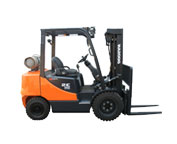
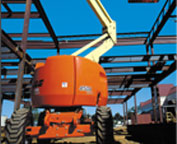
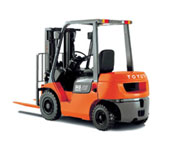

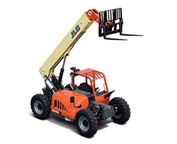
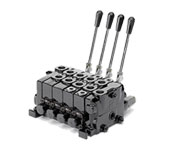


Lift Parts Express
TOLL FREE: 1-888-695-7994
Andrews, Texas
forkliftpartsandrews.com
Email Us
About Us



